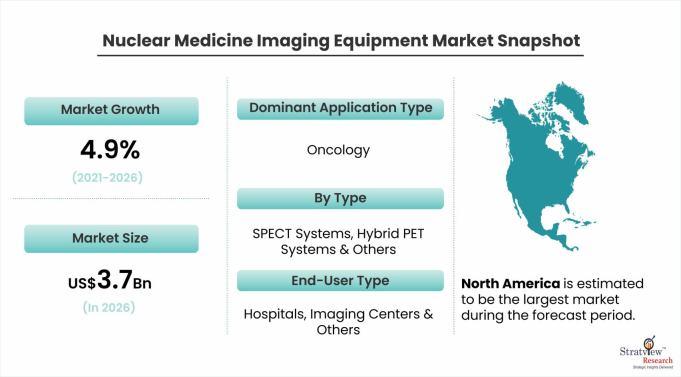The Nuclear Medicine Imaging Equipment Market is segmented by Type (SPECT Systems, Hybrid PET Systems, Planar Scintigraphy), Application (Oncology, Cardiology, Others), End-User (Hospitals, Imaging Centers, Academic and Research Centers, Others), and Region (North America, Europe, Asia-Pacific, and the Rest of the World).
Visualizing Health: The Impact of Nuclear Medicine Imaging Equipment
In the realm of modern healthcare, the ability to peer inside the human body with remarkable precision has transformed diagnostics and treatment strategies. This article delves into the profound impact of nuclear medicine imaging equipment in visualizing health and ushering in a new era of medical understanding.
Nuclear medicine imaging, a non-invasive technique, allows healthcare professionals to observe the body's internal processes at the molecular level. From identifying the spread of cancer to evaluating organ function, these imaging modalities provide insights that were once unimaginable. Through the use of radioactive tracers and detectors, nuclear medicine imaging captures real-time data, enabling early detection and precise disease monitoring.
One of the most notable applications is positron emission tomography (PET), which visualizes metabolic processes and aids in diagnosing cancer, neurological disorders, and heart conditions. Single-photon emission computed tomography (SPECT) offers detailed views of organs and tissues, contributing to the understanding of conditions like coronary artery disease and bone disorders.
The impact of nuclear medicine imaging is not limited to diagnostics alone; it guides treatment decisions and post-treatment evaluations. Physicians use this technology to determine the most effective interventions and assess treatment responses, ensuring personalized and targeted care for patients.
Moreover, nuclear medicine plays a pivotal role in research, enabling scientists to delve into biological processes, study drug interactions, and develop novel therapies.
In conclusion, the impact of nuclear medicine imaging equipment is a testament to the power of visualization in healthcare. By offering unprecedented insights into the body's inner workings, this technology is redefining medical diagnosis, treatment, and research. As nuclear medicine continues to evolve, it holds the promise of further advancements in personalized medicine, improved patient outcomes, and a deeper understanding of human health.
